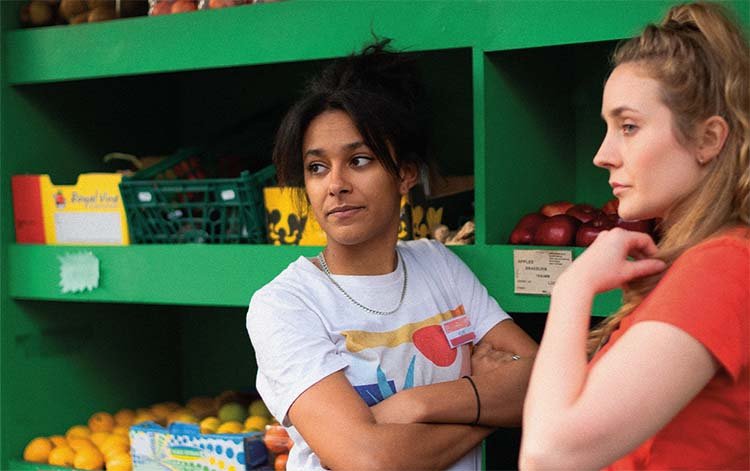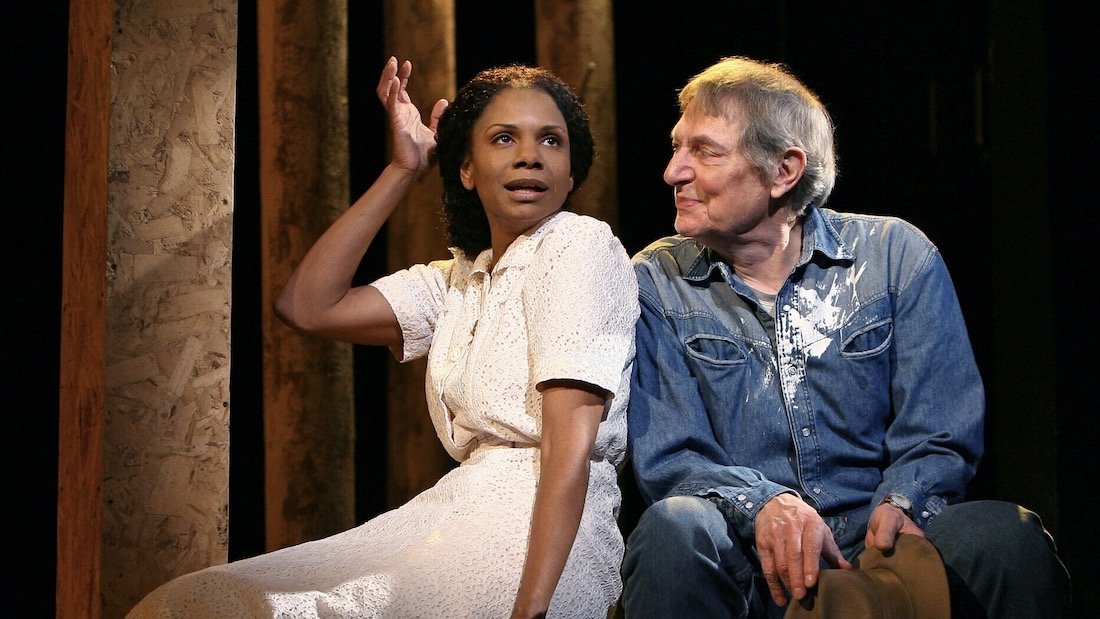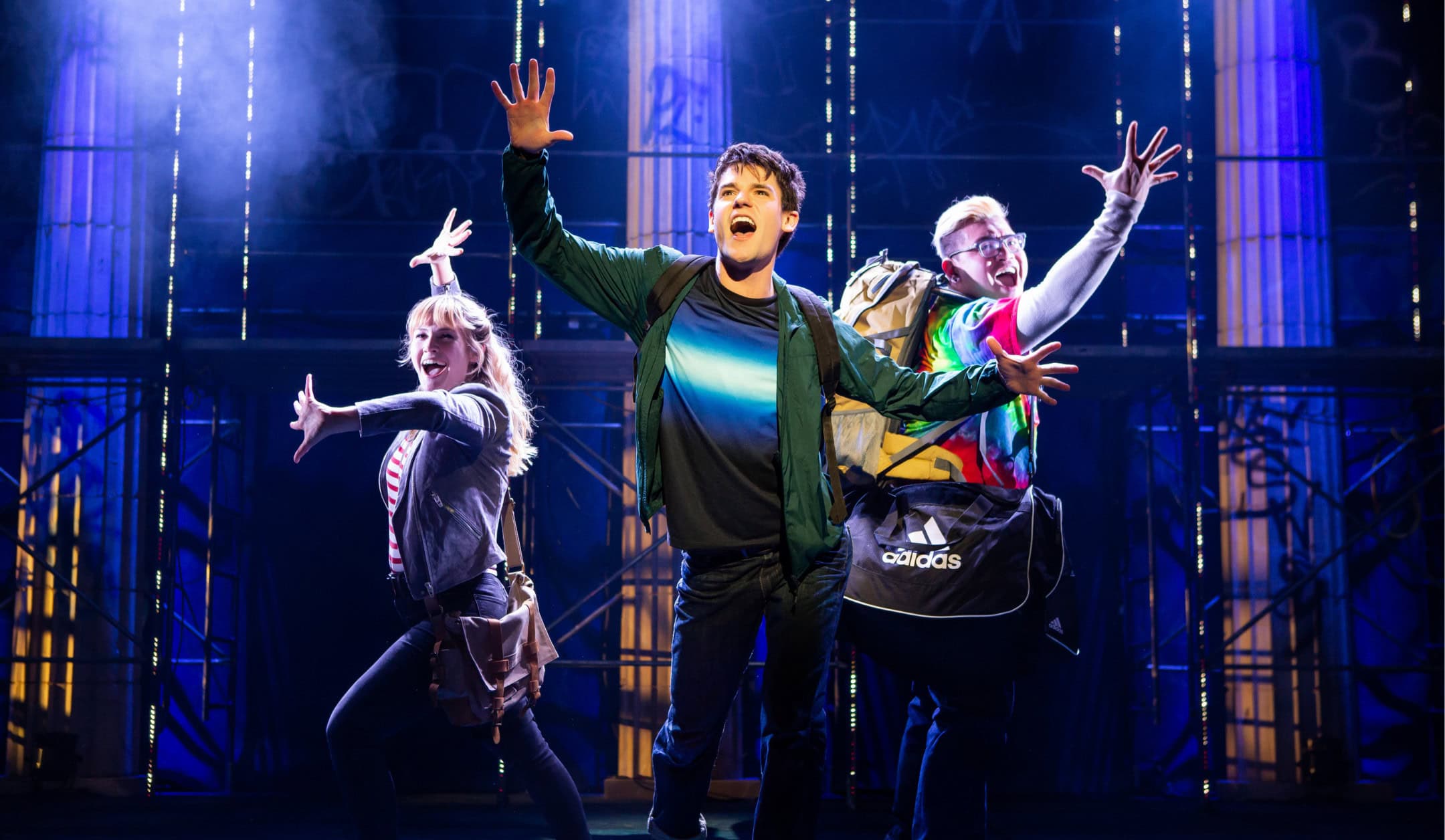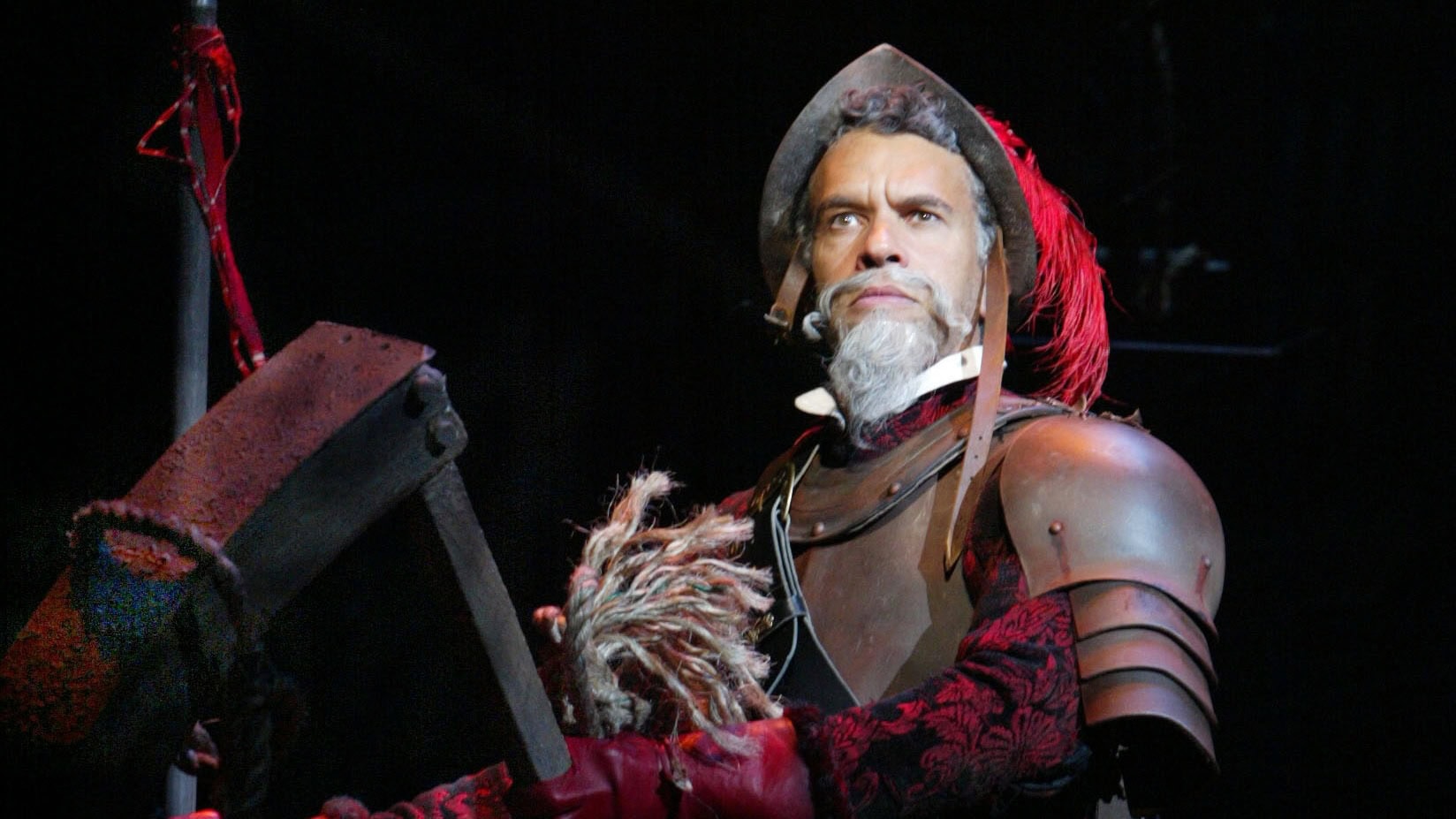
Tabitha Mortiboy’s plays include Beacons (nominated for three Off West Ends Awards including Best New Play and Most Promising Playwright), Billy Through the Window (shortlisted for the Brighton Fringe Excellence Award) and The Amber Trap, which recently played at Theatre503 in London. We spoke to Tabitha about her creative inspiration and why the story of The Amber Trap had to be told through theatre.
Firstly, can you tell us a bit about The Amber Trap – for those who are new to the play?
The Amber Trap tells the story of Katie and her girlfriend Hope, who work together in their local corner shop. For Katie, who hasn’t come out yet, the little shop is a place of safety – a place where she and Hope can steal kisses beside tins of baked beans, and idle their days away playing curling competitions with packets of crisps. But when a new employee arrives to work alongside them, the quiet, contented universe of the tiny store begins to fracture and unravel.
Where did your initial idea come from?
There is a particularly poisonous narrative that appears across popular culture with alarming frequency. The narrative runs something like this: man pursues woman, woman says no, man persists, woman says yes. It’s a narrative that teaches boys from a young age that when a woman appears to be reluctant, she’s simply being coy, and it’s a narrative that feeds into sexual predation on a daily basis. So I wanted to write a play that looked at that narrative from the perspective of the woman receiving unwanted attention. I’ve always been interested in gender and sexual politics, and particularly in the way that the male gaze operates upon gay women. We live in a society that simultaneously undermines and fetishizes lesbian relationships, and I wanted to write a play that explored how a young man might respond to the conflict between his attraction to a young gay woman, and her disinterest in his advances. I’m fascinated by the insidious cultural pressures that teach young men to feel a sense of entitlement to women, whilst teaching young women to move through the world as unobtrusively as possible. So The Amber Trap was born of a desire to explore how those socio-political questions about gender, sex, relationships, power and control might manifest themselves in the apparently safe and innocuous setting of a local corner shop.
Why tell this story on stage rather than through any other medium?
Theatre can be extraordinarily powerful. There is an immediacy in live theatre that can’t be replicated in other media. The electricity and tension generated on stage feels palpable in the auditorium, and audiences can be pulled into the world of the play without any of the distractions or dilutions that interrupt us in daily life. In many ways, the power of theatre is even more potent in small, black-box spaces like Theatre503, where audiences are so intimately connected to the actors that they can see every flinch and every flicker. There’s also something incredibly special about sharing a story with the audience around you – it harks back to the genesis of theatre, when people would gather around fires to share stories. Theatre is all about reflecting and dissecting the human experience, so witnessing that in the company of strangers can create a wonderful sense of connection. The other side of that shared intimacy is the power of live theatre to disturb and unnerve its audience. That’s something that is true of this play in particular. It asks its audience to witness the emotional violation of its characters, and to acknowledge our complicity in the society that engenders that sort of treatment of women. I think theatre can be a powerful catalyst for awakening social change.
All of the play’s scenes take place in the same location, the corner shop. How did you come to this decision – and was it challenging to write all of the action in one setting?
The heartbeat of this play is its characters, and the relationships that ripple and collide between them, so I wanted to strip back everything else, and watch their lives unfold in a simple, single space. There’s also a fascinating dichotomy at play in the little corner shop: it’s at once both cosy and claustrophobic. When the play begins, the tiny space seems to emanate comfort, familiarity and safety, but as the narrative develops, there is a sense of the shop becoming an inescapable confinement, as though it becomes its very own amber trap. Our set designer Jasmine Swan created something spectacular in her rendering of the corner shop on stage. It’s compellingly realistic and wonderfully magical all at the same time.
What advice would you have for companies looking to stage your play in the future?
My advice would be to really dig in to each of the characters and what motivates their behaviour. The playtext is peppered with clues about the backgrounds of each of its characters, but there’s no expositional material that gives us a clear road-map of where they’ve come from, or what makes them behave as they do. All of that is subtextual, so it’s worth spending time excavating those clues. I also think it’s important to remember that none of these characters is a villain. It would be tempting to look at Michael’s behaviour and slot him into the box of an ‘oddball’ or a ‘creep’. But we should ask ourselves where he inherited his ideas about masculinity from. Where his inability to process rejection or anger stems from. Equally, we should ask ourselves why it is that Katie doesn’t feel ready to come out. Why is it that she placates Michael and avoids confrontation with Hope? I think it’s worth doing a lot of probing before putting the play on its feet, but I’d also encourage companies to enjoy the irreverence and joy and humour in the script too – there’s a lot of fun to be had!
Are there particular playwrights and/ or theatremakers who have inspired or influenced your work?
I’m a huge fan of Annie Baker and her masterful use of silence. She’s a writer who can take the most ordinary settings and set them alight with personal and political urgency. I’m also a great admirer or writers like Gary Owen, Amelia Bullmore, Laura Wade and Richard Cameron. What all of those writers have in common, I think, is their ability to write stories that resonate deeply and powerfully with their audiences and to create beautiful, nuanced, naturalistic characters. They write people that we feel we know deeply, and to me that’s the essential ingredient for great drama.
You’ve taken several plays to the Edinburgh Fringe Festival. Do you have any tips for theatre groups who may be going to the Fringe for the first time?
Enjoy it (on a budget)! It’s an incredible cornucopia of artistic endeavour, and there’s so much to see and do, but it’s also an incredibly expensive month and it’s becoming even more so. Take pride in your work and hold onto its value and its power; there will be times when your audiences are tiny, so it’s important to have faith in your show all the way through the festival. And look after yourself — sleep, eat well, be kind to your mind — it’s a brilliant festival but it can be very taxing to your mental wellbeing, having to flog your show on the [Royal] Mile amid thousands of others. Take time out for a walk and a cup of tea occasionally!
What are you working on next?
I’m working on a play about mental health and the way that our current political climate has bled funding out of mental health services and hoisted the onus of care onto families. It’s a study about how one family copes with that pressure and about how we are often so illiterate in terms of mental health that it can be incredibly difficult to have the necessary conversations and to be honest with one another about how we’re feeling. Like The Amber Trap, it’s all set in one location and it’s a four hander – I’m always irresistibly drawn to studying the intricacies of relationships and their changing dynamics. And, like <
em>The Amber Trap, it has a powerful female lead, which is hugely important to me as a writer.
(Cover artwork credit: The Other Richard)
Buy the script for The Amber Trap and learn more about performing the play.

Plays that Inspired Musicals

QUIZ: Which Character from The Lightning Thief Are You?

